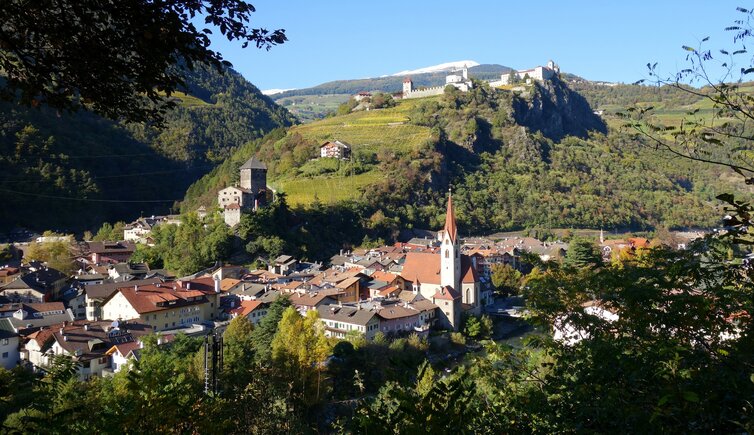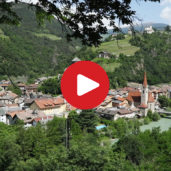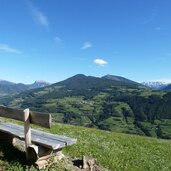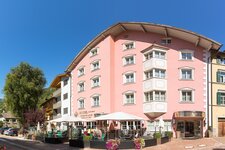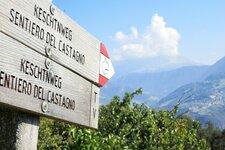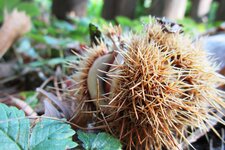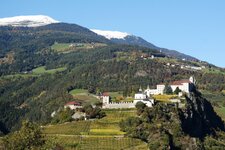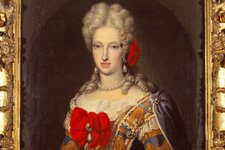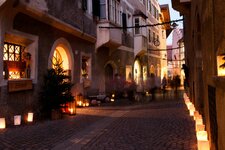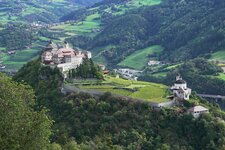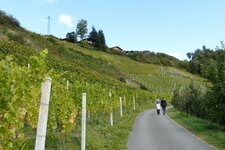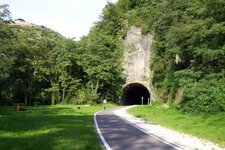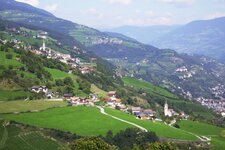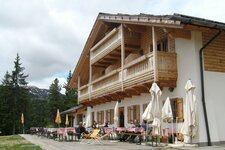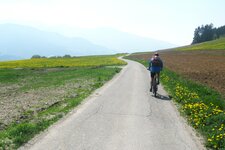Dürer town and artists’ colony: Chiusa’s historic centre is one of Italy’s most beautiful
Image gallery: Town of Chiusa
Albrecht Dürer, just 23 years old, travelled through Italy in 1494 and passed through Chiusa. The inspiration he found on a stroll through the small town, he captured in a drawing, which is now lost, but lives on as the background of his engraving "Nemesis" (or "The Great Fortune"). This large-format copper engraving, printed on a full sheet of paper, depicts Chiusa in a small scale beneath the goddess Nemesis. Visit the Dürer Bench and the Dürer Stone on the slopes of the Monte Tschan today and enjoy the panoramic view - the peace and quiet still inspire the senses.
Down in the centre, winding alleyways, artistic inn signs, blossoming balconies, and decorative bay windows await you. Passing the Capuchin Church with the Municipal Museum and the Loreto Treasure, you reach the Piazza Tinne and Piazza Parrocchia squares in the old town, which is divided into an upper and lower town. Griesbruck, Fraghes, and Coste are the other districts.
In the 19th century, writers, painters, and researchers were drawn to Chiusa, when the birthplace of the minstrel Walther von der Vogelweide was rediscovered nearby. They created a vibrant artists' colony. The picturesque alleyways served as studios and inspired countless artists in their drawings and works. High above the town, the Sabiona Monastery watches over Chiusa.
Enjoyment is a priority here: The Chestnut Trail leads you to traditional wine taverns, the Walther von der Vogelweide Round Path makes you explore the sunny slopes of the Isarco Valley. For hot summer days, there's the outdoor pool on the edge of town. Culinary highlights include the White Wine Festival "Sabiona" in spring and the "Gassltörggelen" in autumn, celebrating chestnuts.
